The Big Picture
How a lack of state
oversight leaves children in
day cares across Texas
unwatched
How a lack of state
oversight drives Texas kids into
dangerous day cares
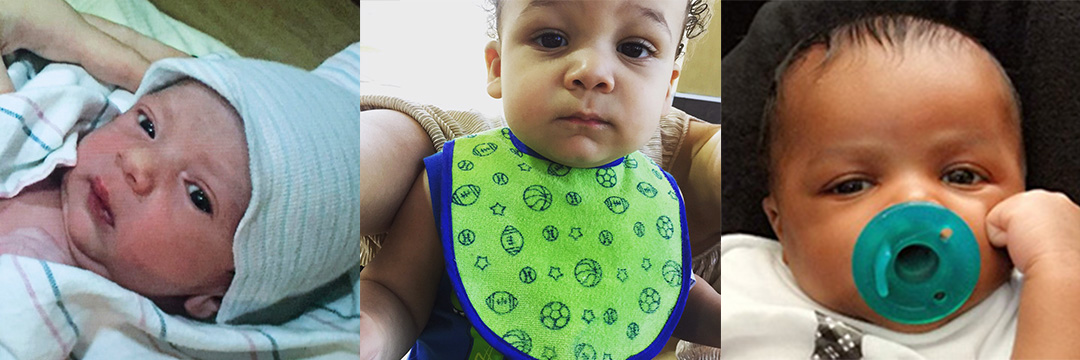
By Andrea Ball and Tony Plohetski
Austin American-Statesman | Dec. 6 2018
Shane Martinez. Jaxson Partridge-Reed. Sebastian Bingley. Amani Ball.
Their parents sent them to Texas day care facilities, assuming they would be safe and secure until it was time to come home. Instead, like scores of other children, they died while under the watch of their caregivers.
Each day, hundreds of thousands of parents send their children to Texas day care facilities. But more often than publicly posted state numbers indicate, children are victims of molestation, physical abuse or neglect at child care sites with long histories of trouble. Some children have died or been hurt at day care facilities that had already been punished for similar violations, but which the state had allowed to keep operating.
A yearlong American-Statesman investigation for the first time reveals in stark detail the dangerous conditions that exist inside many Texas day care sites, leaving hundreds of children with serious injuries and nearly 90 dead as a result of abuse or neglect since 2007.
Meanwhile, hundreds of children have been victims of sexual abuse at the hands of those entrusted with their care – an alarming aspect of child care dangers that has never been comprehensively examined by the state.
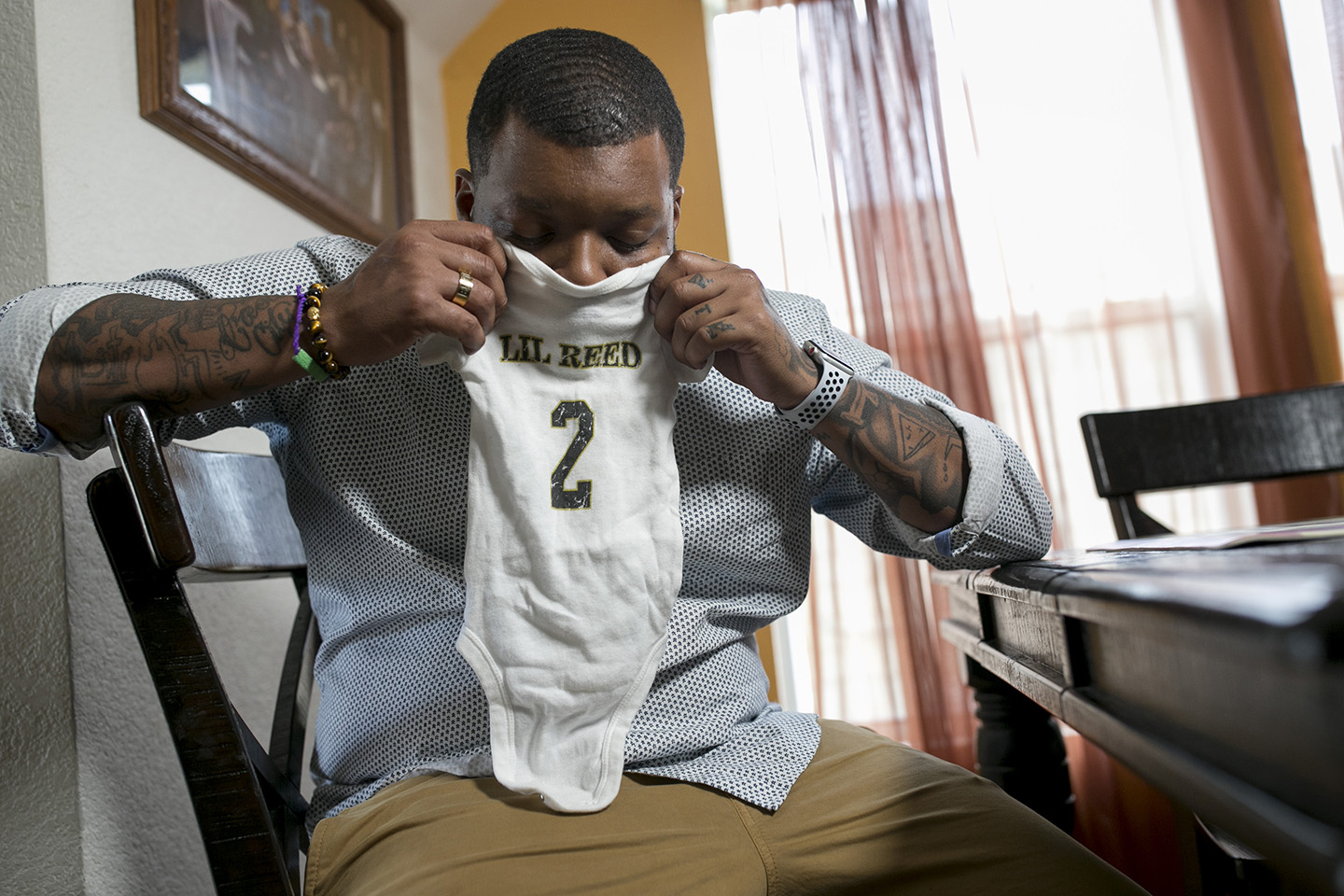
Although the blame for many of those incidents falls largely on those responsible for the children’s care, state regulators have also failed to take necessary steps to ensure child safety. In fact, in recent years they have rolled back efforts designed to do so.
The state of Texas has reduced its surveillance of the deadliest day care facilities – the underground, illegal centers that watch thousands of children – and, until recently, failed to use its own data in ways that could help identify problems before they lead to dangerous conditions.
The Statesman analyzed 40,000 inspection records in which facilities had received state sanctions. The newspaper built a database to look for patterns among injuries and obtained data on injuries and violations that had never previously been released by the state.
Among the newspaper’s findings:
- More than 450 children – almost one a week – suffered sexual abuse inside a day care facility during the past 10 years. During that same time, child care facilities were cited more than 3,200 times for abuse and neglect of the children they were watching.
- Nearly half of the children who died of abuse and neglect in day care facilities, 42 out of 88, were in illegal centers. But last year the state shut down its unit designed to track down these day care sites, saying in part that they weren’t finding enough to justify the effort. The numbers prove otherwise.
- Texas’ regulations for day care staffing levels – a key predictor of classroom safety and child brain development – are among the worst in the country, and state officials have repeatedly refused to change them. In 2016, they went so far as to pull out of a study analyzing the impact of staffing levels on injury rates, effectively shutting it down before researchers could produce specific recommendations.
- Texas child care inspectors are hamstrung when it comes to disciplining day care facilities and in some cases, the state’s enforcement strategy has failed to correct dangerous caregiver behavior before injury or death. Usually, there are no financial penalties or extra training ordered when children are abused, neglected or wrongly punished. And the legislatively set fines that are levied – mainly for background checks – are paltry, averaging $112, even as day care sites with scores of violations are allowed to continue operating.
Provided with a copy of the Statesman’s findings, Gov. Greg Abbott promised to take action during the upcoming legislative session.
“Governor Abbott’s top priority has always been the safety of Texans, especially when it comes to our children,” Abbott spokeswoman Ciara Matthews said. “Any allegation of child abuse or neglect must be taken seriously, and the governor will not tolerate it in Texas. He will work with the Legislature and key stakeholders to identify strategies and solutions to prevent these tragedies from occurring in the future.”
In Texas, where approximately 1 million children attend day care, experts say the most problematic facilities flourish because of the harsh economics of child care in the state.
In 2018, the average cost for infant care at licensed child care facility in Texas was $9,102 per year, according to Child Care Aware of America. In Austin, however, it is almost $9,500 or about $790 a month, according to the Texas Institute for Child and Family Wellbeing, and lengthy waiting lists are common.
In 2018, full-time infant care in West Austin was as high as $19,740 per year.
Some parents opt for in-home child care, whose average annual cost in Texas is $6,994, or $582 a month, according to Child Care Aware. But even that is too expensive for some families, especially those with several children.
Compounding the problem, Texas does less than any other state to provide badly needed child care subsidies to low-income parents, the Statesman found.
Consequently, many parents turn to unregulated day care facilities, which flourish by word of mouth, social media or through websites such as Craigslist.
Texas requires anyone paid to regularly look after three or more unrelated children to apply with the state to run their business. There are four types of regulated day cares, as well as thousands of so-called illegal operations.
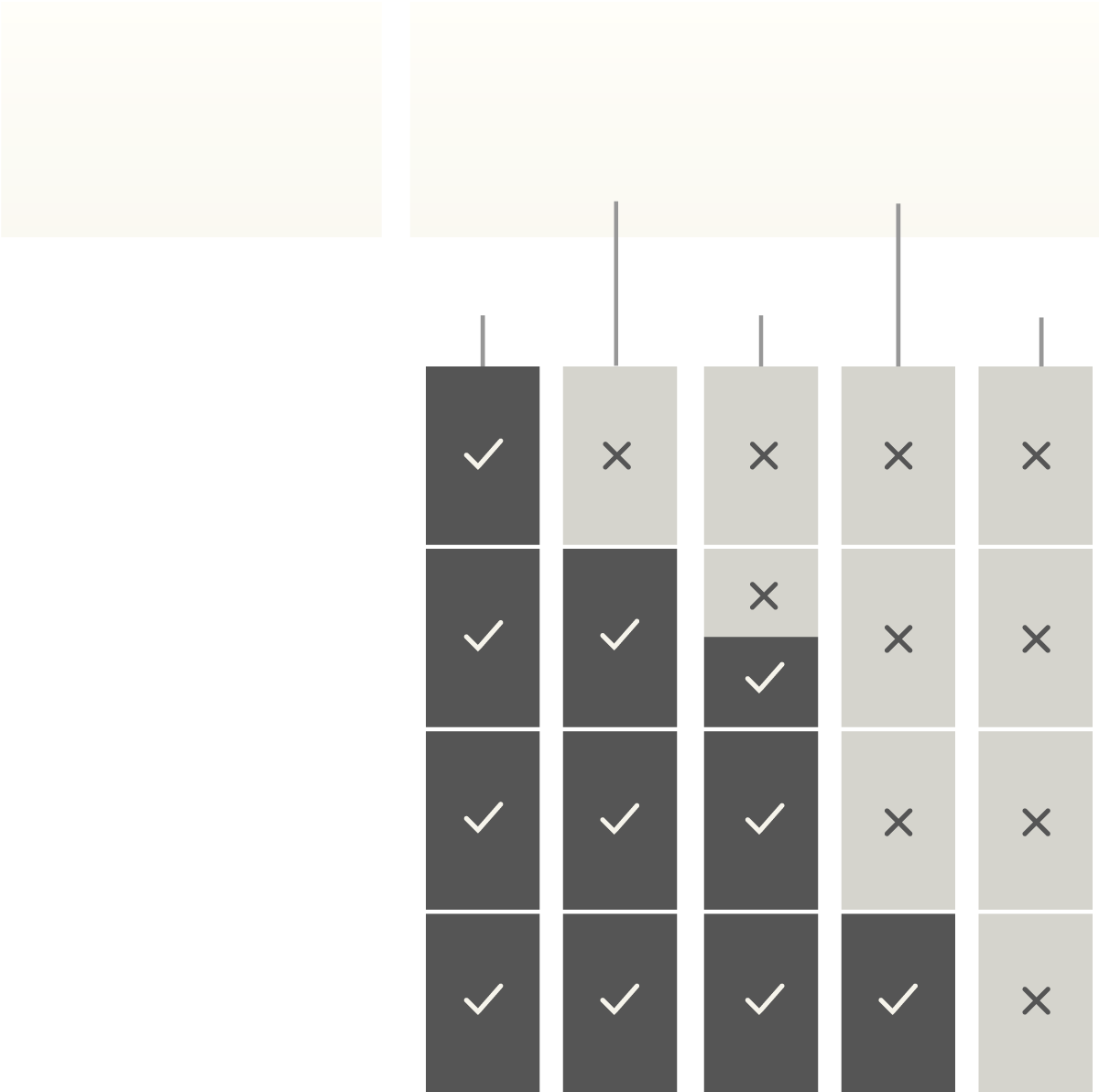
Minimum
requirements
Five types of day care in Texas
Licensed
in-home
Listed
in-home
Registered
in-home
Illegal†
Licensed
centers
Can watch more
than 12 kids
Inspected
on regular basis *
Required staff
training
Staff background
checks
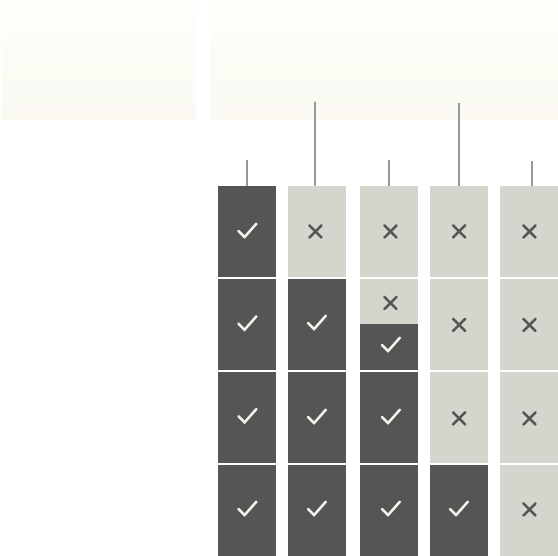
Minimum
requirements
Five types of day care in Texas
Licensed
in-home
Listed
in-home
Registered
in-home
Illegal†
Licensed
centers
Can watch more
than 12 kids
Inspected
on regular basis *
Required staff
training
Staff background
checks
Source: Texas Department of Family and Protective Services
Licensed centers and licensed in-home operations are inspected every year; Registered in-home operations are inspected every two years
Typically small, cheap and in-home, these operations are run by people who either don’t know they have to tell the state about their business or don’t bother
Overall, children are less likely to be hurt at a child care facility than they are at their homes, according to a study published in 2005. Yet a lack of good data, in Texas and across the country, makes it difficult to accurately measure day care safety. Even rudimentary efforts like the federal government’s requirement that states report day care injuries are hobbled by unreliable record-keeping.
Obtaining a complete picture of safety in Texas day care sites also has been made more difficult by the state’s refusal to release documents that could shed light on the deadliest cases.
The Statesman in May filed a request with the Department of Family and Protective Services for copies of all reports or investigations resulting from deaths at Texas day care facilities from 2013 to 2018.
The agency ruled the records confidential but declined to seek an attorney general’s ruling to gain permission to withhold the documents – the usual process for settling disputes over records requests under Texas law – until after the Statesman took legal action.
The Statesman’s parent company, GateHouse Media, in August sued the agency for the records, disputing its interpretation of state law and contending that day care facilities are exempted from the confidentiality rules cited by the agency.
In November, the attorney general ruled that the state must produce additional information for the Statesman, including death investigations that resulted in findings of abuse or neglect. A December court date has been scheduled for a judge to hear arguments about other records. GateHouse and the Department of Family and Protective Services are negotiating a potential settlement to the newspaper’s lawsuit.
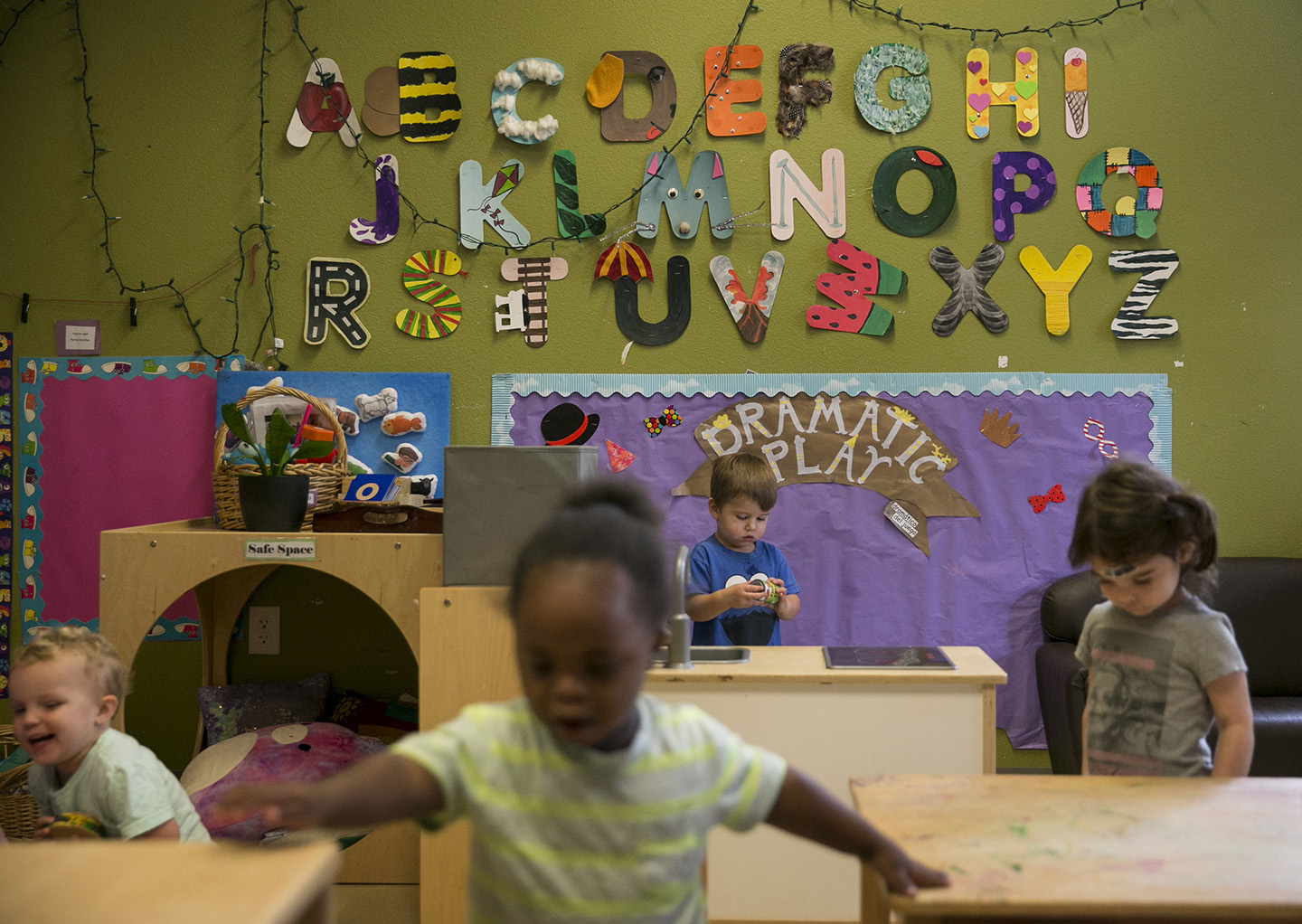
Meanwhile, the Statesman’s investigation already has sparked change.
After the newspaper’s questions about the illegal day care unit, the state Health and Human Services Commission changed course and asked the Legislature for money to re-establish the team designed to locate and shut down illegally operating day care centers.
“We care deeply about all children, and it’s heartbreaking to hear about any child getting hurt,” said Carrie Williams, spokeswoman for the Health and Human Services Commission, which regulates child care. “Day cares absolutely must deliver on their promises to parents. Caregivers have to be held accountable, and we do everything in our regulatory power to make it as safe as possible. We push for improvements inside day cares every single day. Safety has to be paramount when it comes to children.”
And state lawmakers have already started addressing some of the other issues identified by the Statesman, including making more day care records public.
“My overriding thought is that so little value seems to be put on the lives of these children and the value of the parents who want their babies safe as they’re working and trying to raise these kids,” said state Sen. Kirk Watson, D-Austin.